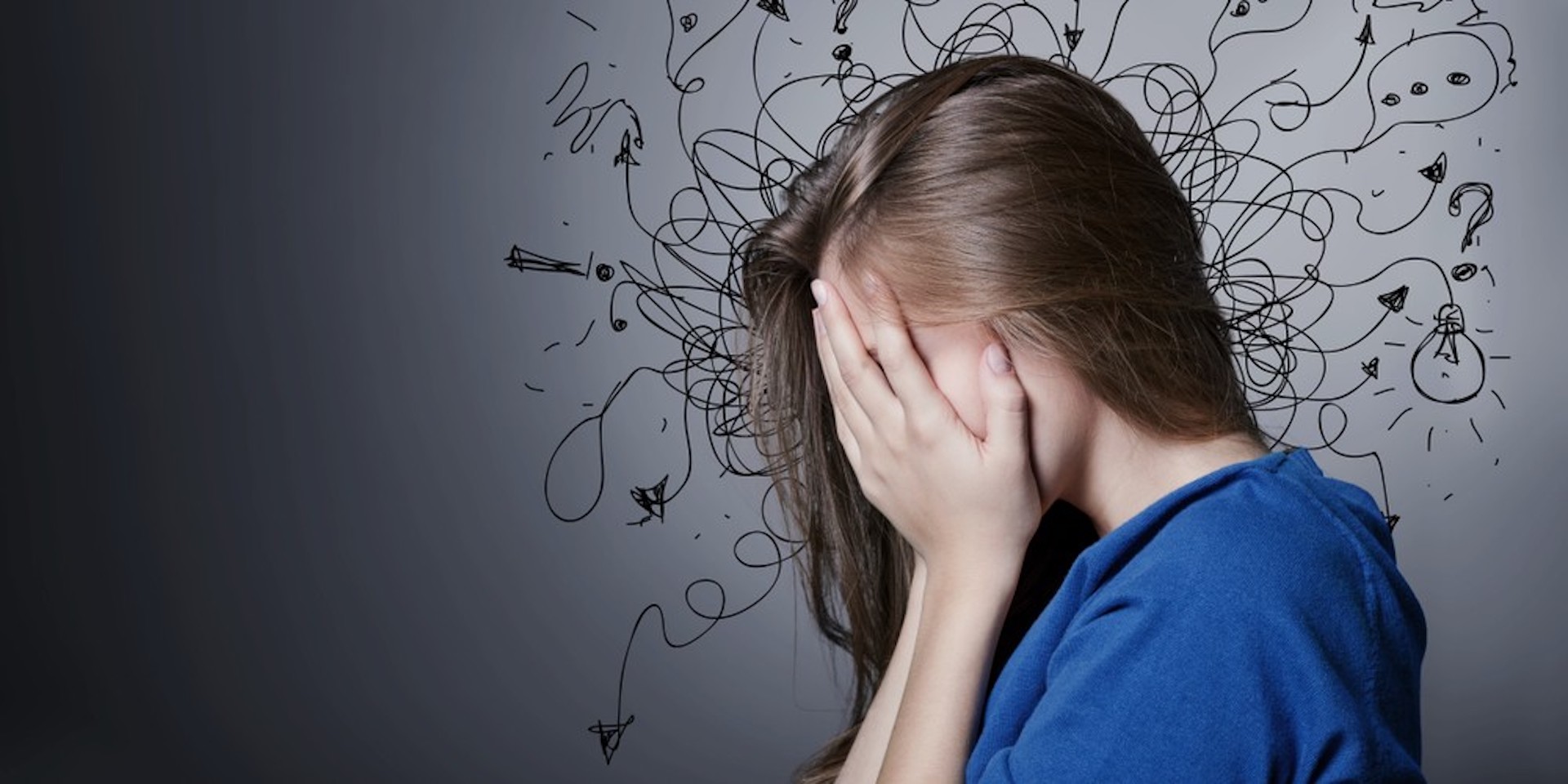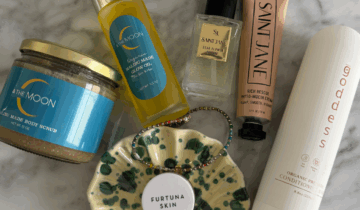Over the past decade there’s been a significant increase in the amount of focus and attention given to the subject of mental health. As society has grown in its understanding of how mental health is an integral part of our overall health & wellness, we have also become more aware of how common it is for people to struggle with mental illness in their everyday lives. A good example of this is anxiety, and how common it is to hear people speak about how they both experience and struggle with this on a regular basis. Therefore, here are 10 essential tips on how to manage and reduce anxiety
1. Establish an understanding of what anxiety is & how it works
Knowledge is Power! People often talk about their anxiety and how it affects them (symptoms, barriers/problems it causes), without having an understanding of what anxiety actually is. Knowledge leads to understanding, and understanding provides us with a sense of control, predictability, and empowerment. The best way to address an issue, or create an action-plan, is to know and understand what the issue is. At its core, anxiety deals with an individual’s perceived sense of control; providing yourself with an in depth understanding of anxiety can & will establish a greater sense of control, which will help reduce your anxiety
2. Normalize it
It’s important for people to understand that anxiety is something that everyone can & does experience; we’re built for it. What separates us is the degree to which we experience anxiety, its pervasiveness, and whether it hinders our everyday functioning. When people believe that they alone are struggling with a particular issue this often creates the belief that there is something uniquely wrong with them, or that no one will be able to understand their struggles. Becoming aware of the prevalence of anxiety, and the purpose it can serve, can help individuals avoid blaming themselves for their struggles and feel comfortable seeking help & support from their social support network.
3. Identify Your Triggers
What is essential to managing or reducing your anxiety, is being aware of what is triggering it. This will allow individuals to be able to have greater control over themselves and their experience, by not exposing themselves to the things that trigger their anxiety. This can also increase a person’s understanding of themselves, by stimulating thought and exploration of the reason as to why they are being triggered by certain environments/people/thoughts/etc.
4. Outlets
Identifying ways in which to externalize your anxious thoughts, energy and resulting emotions is imperative in the management & reduction of anxiety. It’s important that the outlets be balanced, so that they provide both physical and emotional/psychological release. Aside from being cathartic, this is a way of preventing your anxiety from consuming your physical and mental state. Outlets can take many forms (sports/exercise, talking, work, writing/journaling, cleaning, artistic activities, etc); what’s important is that they are authentic to the person engaging in them.
5. Create a Routine
Having a routine can provide structure, predictability, and a sense of control over your daily experience. Your routine should allow you to feel productive, a sense of accomplishment, and create opportunities for fun/joy, and have periods of rest/relaxation built in. Provide yourself with variety, so that there is a degree of flexibility in the routine you establish for yourself. This can also be combined with setting daily goals for yourself.
6. Practice Mindfulness
Briefly defined, mindfulness is the “ability to be fully present, aware of where we are and what we’re doing, and not overly reactive or overwhelmed by what’s going on around us” (mindful.org). Practicing mindfulness will allow you to stay in the present moment and prevent your mind from drifting to the past or present where your anxiety exists. It will also change the relationship you have with your thoughts, emotions and body so that you are less reactive, catastrophize less, and treat your thoughts/emotions/sensations as sources of information rather than indicators of impending problems/doom.
7. Identifying & Understanding Maladaptive Thought Patterns
Anxiety can be, and often is, both a product and reflection of the way we see our world, others, and/or ourselves. Identifying the beliefs, associations, and thinking patterns that are creating and perpetuating our anxiety provides the opportunity to better manage, reduce and/or eliminate anxiety. It also allows for a deeper understanding of ourselves, and the ability to take back control of ourselves by changing the way we relate to our reality.
8. Breathing Techniques
Breathing techniques are an excellent way to manage and reduce anxiety. Focusing on our breathing funnels our attention towards something that is non-threatening, while keeping us anchored to the present moment. Controlling your breathing will slow down your pace of your thoughts, your heart-rate, and create a relaxed sensation. It can also provide a sense of confidence and control, as you are dictating your overall state and controlling your anxiety rather than it controlling you.
9. Surround Yourself With What You Need
This idea stems from the message so many of us received from our parents, about the importance of being selective and deliberate about who the company you keep. It’s important to understand that anxiety can be both created and maintained by not only the environments we find ourselves in, but the company we keep as well. Anxious behavior is modeled and can be learned/adopted without you being aware of it.
10. Be Proactive
You don’t have to wait until you’re feeling anxious or stressed, to address your overall levels of anxiety or stress. Being proactive means establishing a lifestyle (includes daily/weekly routines) that keeps you feeling relaxed, grounded, and balanced.
Article contributed by; Khan Bouba-Dalambaye, MA, Openspace Clinic
Khan is a counsellor and a member of l’Ordre des Conseillers et Conseillères d’Orientation du Québec (OCCOQ). After obtaining his Masters Degree in Counselling Psychology from McGill in 2010, he began working as a high school guidance counsellor – a position that he still holds today. Having also worked as an intake counsellor and crisis-counsellor, Khan has 5 years of experience providing individual counselling through an Employee Assistance Program.
He primarily works with adolescents and young adults, specializing in the areas of interpersonal relationships, bullying, self-esteem, motivation, general anxiety, and career and academic counselling. His focus is on providing a safe and comfortable environment so that his clients can establish a strong and supportive therapeutic relationship.
Feature image via Shutterstock





 No products in the cart.
No products in the cart.